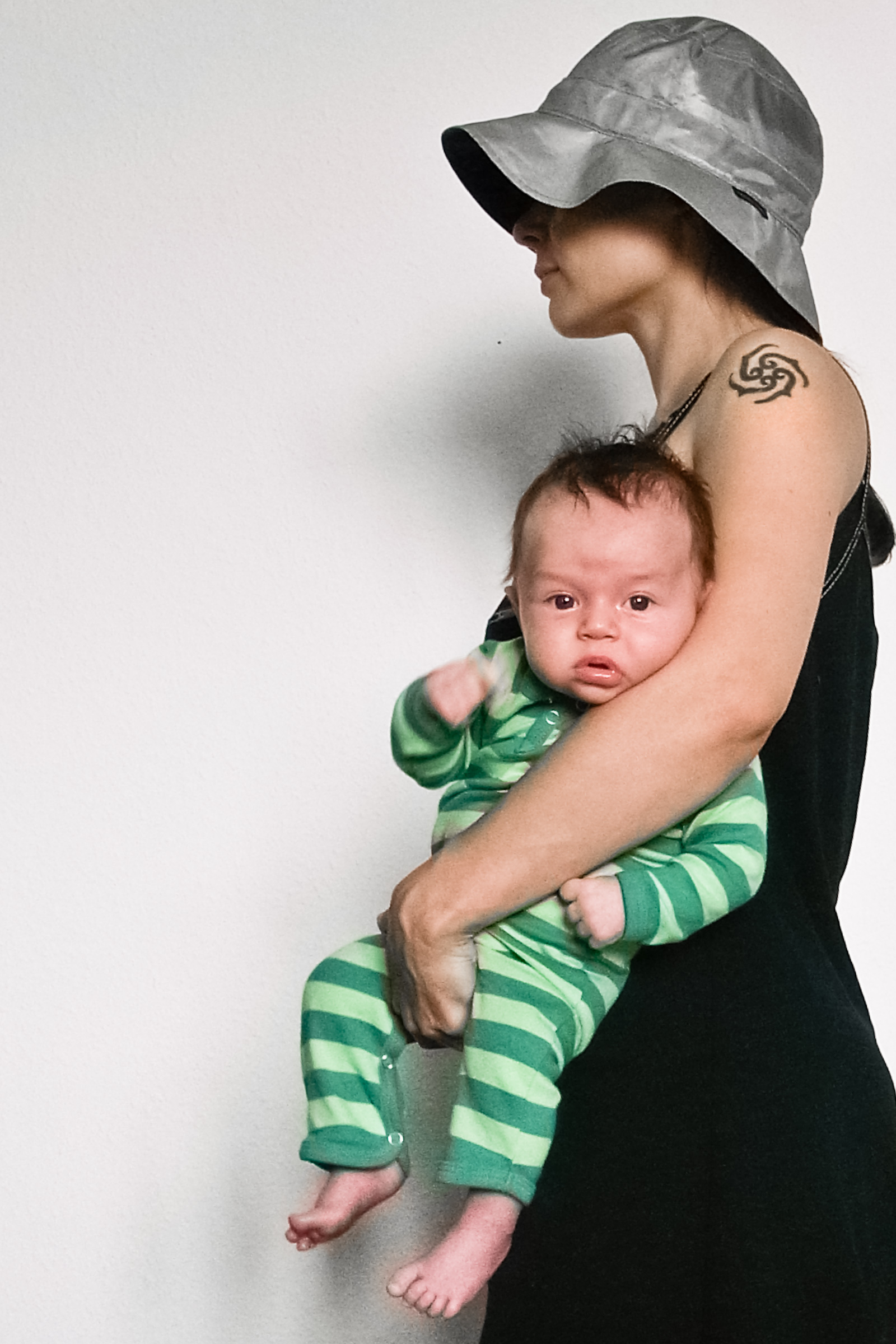The decision to have a tattoo removed is a lot like the decision to get one in the first place. It entails a willingness to suffer considerable cost and pain to do something permanent and chiefly aesthetic to one’s body. It assumes that one can know now what one will want in the future. It is, furthermore, a risky proposition, with the outcome of still-experimental laser procedures as tough to predict accurately as a tattoo artist’s actual work or the ways it will change over time.
When I was seventeen, what I wanted so badly wasn’t a specific symbol or image, but the mere fact of a tattoo. I selected my basic tribal-style design from a catalog minutes before having it put on my body. This was in the mid-nineties, and I was among the first generation for whom getting a tattoo would wind up not at all a counter-cultural thing, though of course many of us didn’t know this at the time. For a solid five years my tattoo felt like a bad-ass badge of honor. Then, for a few years, it was like a favorite piece of jewelry, worn out of habit more than for fashion’s sake. For another half-decade, I loved my tattoo the way one might love a scar or a bittersweet memory. But fourteen years after that visit my mother and I made to Tattoo Mania on Sunset Boulevard during a family trip to LA, it hit me that I hated having this banal, passé monstrosity permanently affixed to my left shoulder. From that point on, whenever the clothes I had on or took off revealed any part of my tattoo, I felt as though I were unable to change out of an outfit of fishnets and Doc Martens, or to keep from broadcasting an embarrassing truth about my questionable past.
Over a couple of years I got to know the feeling of craving the purity of a bare shoulder, the clarity of plain skin, the opposite of all that getting inked signifies. When I came under the care of Dr. Małgorzata Niemojewska, I was thirty-four and ready for the expensive, unpleasant, and unpredictable treatments ahead. The cost was prohibitive, the physical pain astonishing, the body’s reaction to the laser alarming. But what was so rewarding and utterly remarkable, from the first treatment onward, was the way I was no longer shy about revealing my still very visible tattoo. Because it now looked not like a tattoo I wanted, but like one I clearly didn’t want; its main message didn’t seem to implicate me in the same way any longer. The story conveyed by this scabbed, irregular picture was no longer about my past, but about how different from it my present had become.
It has been nearly eighteen months since I got the first of my four laser treatments, and a ghost image remains, made in part of leftover black pigment and in remaining part of hypopigmented skin that may or may not gradually reabsorb a healthy level of melanin. The tattoo is no longer visible from under a sheer sleeve, or in dim light, or from across a room. I’m not sure how many further treatments I may need to obliterate it completely, or even if I have such a need. For now, I am as glad to have un-gotten my tattoo as I was once glad to have it, and I am intrigued by this apparent proof that there really do exist ways of reversing permanence.

